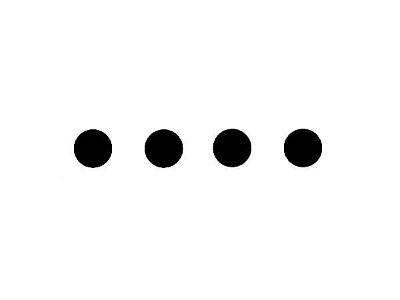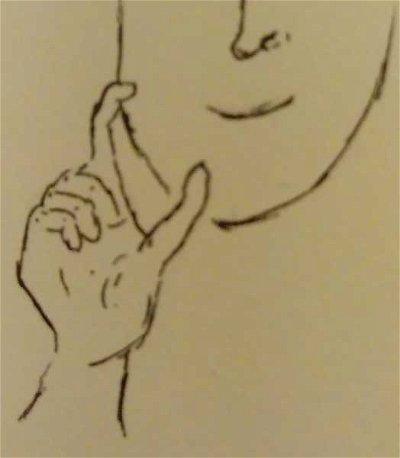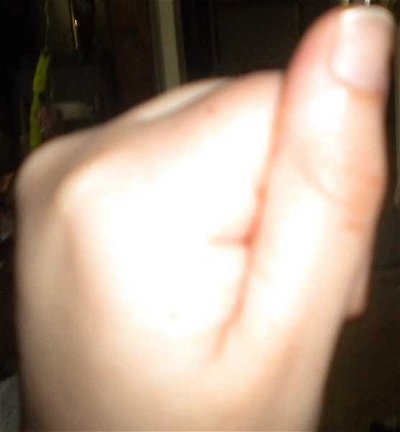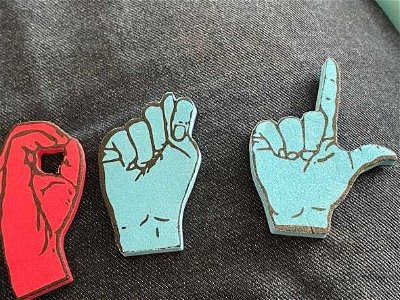 I'll show you some dots and dashes and you tell me what letter they represent in Morse code. Enjoy!
I'll show you some dots and dashes and you tell me what letter they represent in Morse code. Enjoy! Easier, 10 Qns, zebra101,
Oct 14 13
 I'll show you some dots and dashes and you tell me what letter they represent in Morse code. Enjoy!
I'll show you some dots and dashes and you tell me what letter they represent in Morse code. Enjoy!  British Sign Language (BSL) uses gestures and facial expressions to communicate meaning. Can you guess the word by looking at the diagram?
British Sign Language (BSL) uses gestures and facial expressions to communicate meaning. Can you guess the word by looking at the diagram? |
|
 In order to fingerspell, first you must know the letters in American Sign Language. Here are ten of them.
In order to fingerspell, first you must know the letters in American Sign Language. Here are ten of them.  Look at the pictures and unscramble the letters to make words. The words get longer and longer. This is a fun way to work on fingerspelling in American Sign Language.
Look at the pictures and unscramble the letters to make words. The words get longer and longer. This is a fun way to work on fingerspelling in American Sign Language. |
|
 Quick Question
Quick Question|
|
 = Top 5% Rated Quiz,
= Top 5% Rated Quiz,
 Top 10% Rated Quiz,
Top 10% Rated Quiz,
 Top 20% Rated Quiz,
Top 20% Rated Quiz,
 A Well Rated Quiz
A Well Rated Quiz
· All questions, answers, and quiz content on this website is copyright FunTrivia, Inc and may not be reproduced without permission. Any images from TV shows and movies are copyright their studios, and are being used under "fair use" for commentary and education.